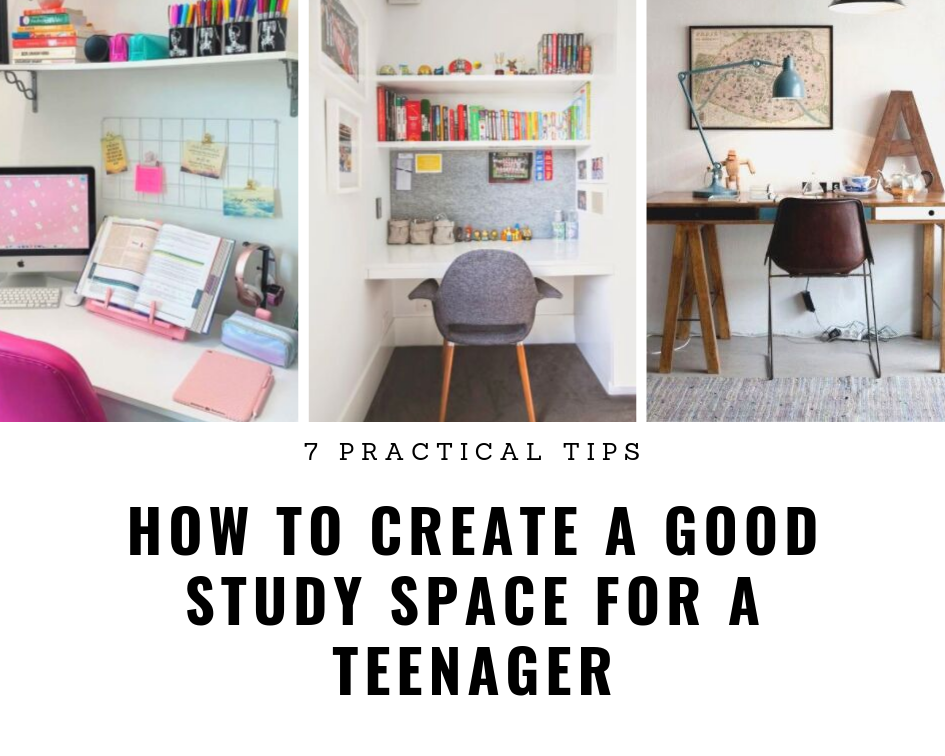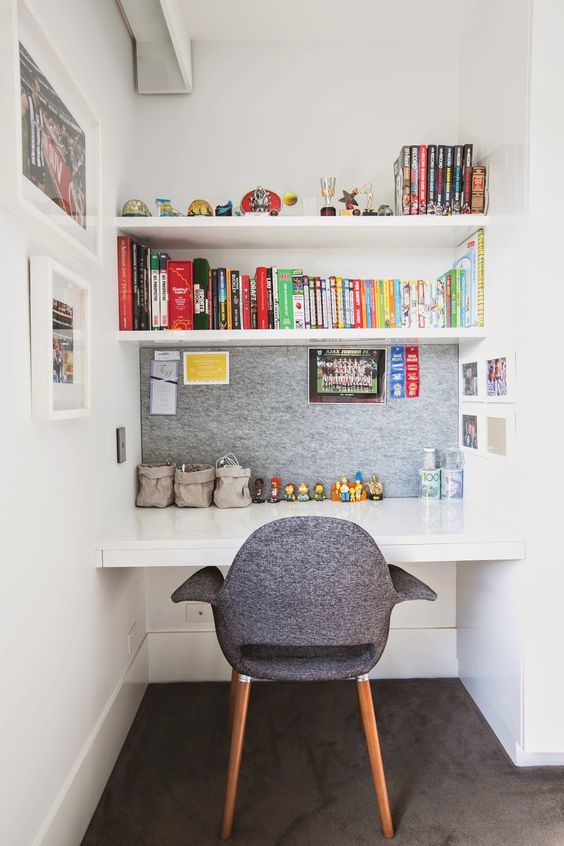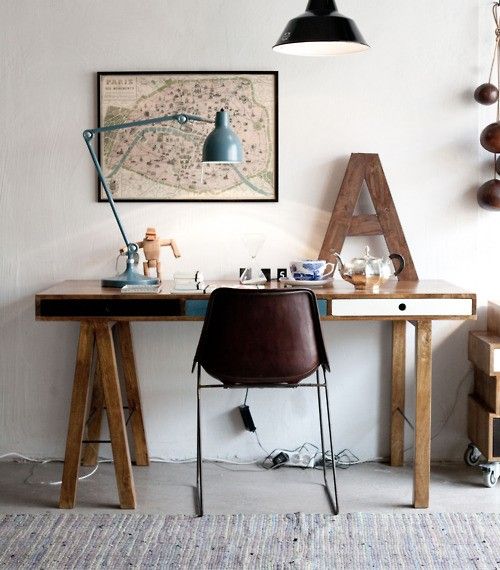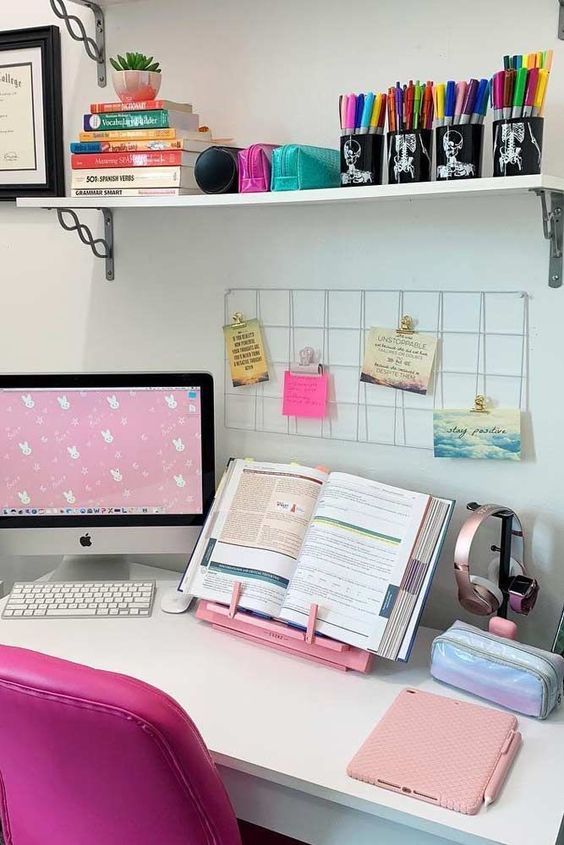
It’s not long now till schools are open again for another academic year and now is the time to start preparing for a good homework / study routine for your child. Having a clear desk where they can get into the ‘study zone’ will make doing their homework and revising for exams easier.
Younger children usually prefer doing their homework at the kitchen table and it means you can sit beside them to help or just be there while you’re working in the background. When they go into secondary school, they often need a quiet space, away from noise and distractions, where they can focus on the work in hand – and not have any excuses for not getting their homework done!
How to Create a Good Study Space
- A desk of appropriate size is a must. It should be large enough to take an open textbook and a writing pad or a laptop. A cramped writing space isn’t conducive to writing notes. Drawers at one or both sides of the desk are useful for storing notebooks, pens, stationery, paper and anything else that is needed.
- A good quality office chair with adjustable seating height is important as your child will be growing considerably from age 12 – 18. They will also be studying for longer periods of time as state examinations loom so an ergonomically correct chair is essential for good posture and health.
- Good lighting is essential. An adjustable desk lamp will provide good ‘task lighting’ and should be large enough to illuminate most of the desk really well.
- Adequate shelving for folders, files and textbooks will be required too. They will look more appealing if they are large enough to not have to be crammed with books and files as some clear space and the occasional decorative object or small plant will make it all look much more attractive.
- If the study space is in their bedroom, try to create a ‘study zone’ so the desk, chair and shelving are demarcated in some way as slightly separate to the sleeping and relaxing part of the room. This can be achieved by wallpapering the area just around the desk or having a different flooring material.
- A blackboard, whiteboard or notice board would be a handy place for displaying reminders, such as deadlines for coursework.
- The positioning of the desk is important too. Some people like being able to glance out of the window as they study, others find it too distracting and would prefer to sit with their back to the window.

Having a designated space for studying in half the battle in settling down to work. We hope you find these tips useful.








